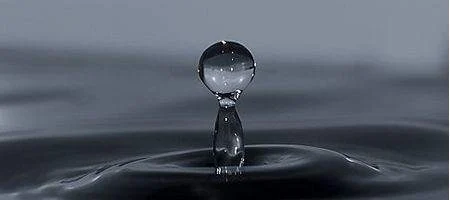Splitting water to create renewable energy could be simpler than previously thought, says an international team led by Australia’s Monash University.

Using sunlight to create a cheap, efficient way to split water would open up production of hydrogen as a clean fuel. And professor Leone Spiccia says the key to the hydrogen economy could come from a very simple mineral, commonly seen as a black stain on rocks.
“The hardest part about turning water into fuel is splitting water into hydrogen and oxygen, but the team at Monash seems to have uncovered the process, developing a water-splitting cell based on a manganese-based catalyst,” says Spiccia.
“Birnessite, it turns out, is what does the work. Like other elements in the middle of the Periodic Table, manganese can exist in a number of what chemists call oxidation states. These correspond to the number of oxygen atoms with which a metal atom could be combined.”
When an electrical voltage is applied to the water-splitting cell, it splits water into hydrogen and oxygen. And, after the catalyst was examined at work using advanced spectroscopic methods, the team found that it had decomposed into a much simpler material called birnessite – well-known to geologists as a black stain on many rocks.
The catalyst appears to mimic nature’s biogeochemicalical cycling of manganese in the oceans.
“This may provide important insights into the evolution of Nature’s water splitting catalyst found in all plants which uses manganese centres,” says coauthor Dr Rosalie Hocking of the Australian Centre for Electromaterials Science.
“Scientists have put huge efforts into making very complicated manganese molecules to copy plants, but it turns out that they convert to a very common material found in the Earth, a material sufficiently robust to survive tough use.”






